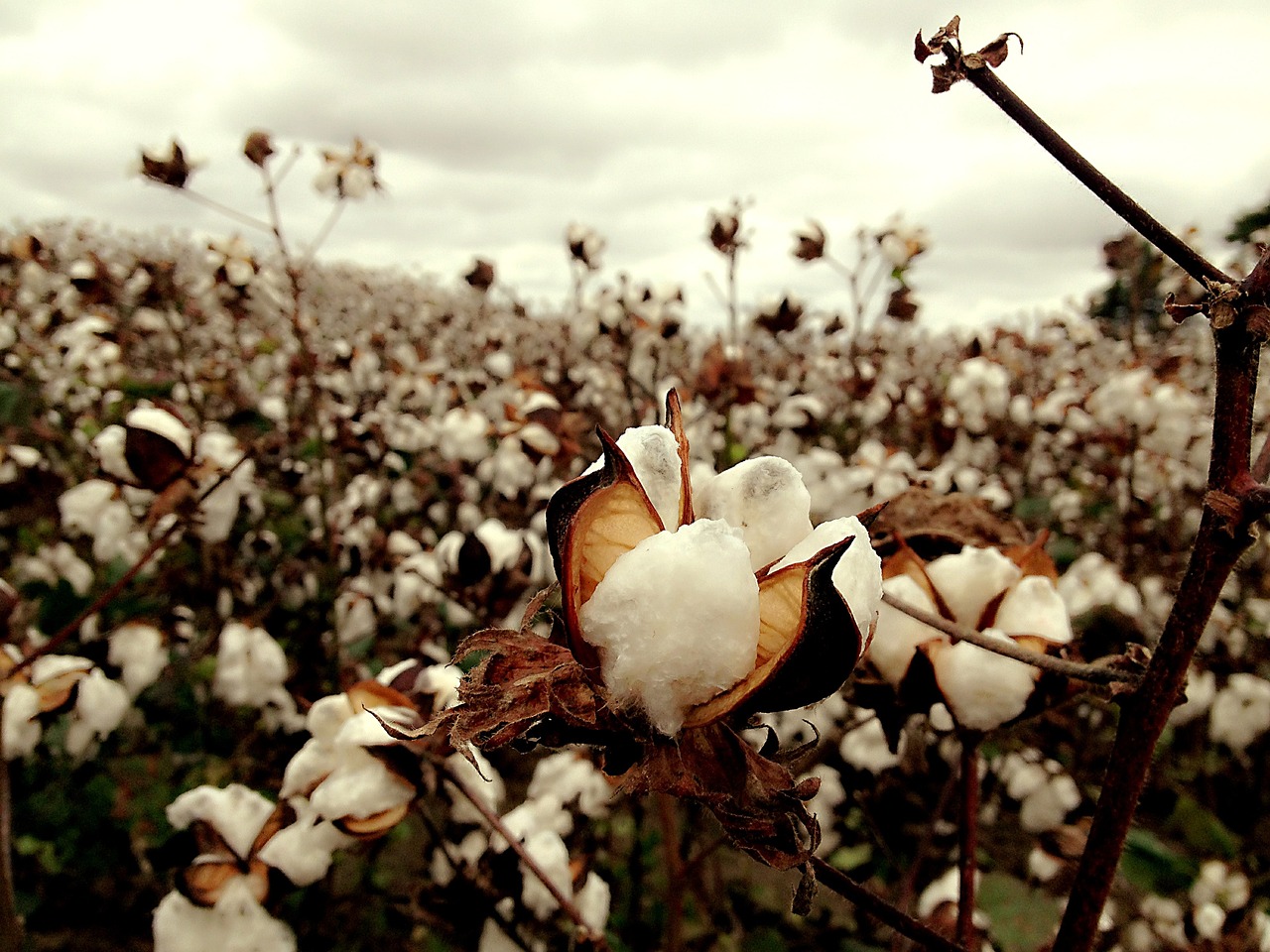In response to rising domestic and international demand, the price of the common spice cumin (jeera) has increased significantly by at least ‘300 per 20 kg in the past week. The commodity’s price increased from 4,800 to 5,100 to 5,100 to 5,500 in just the past week. According to market experts, this bull run is anticipated to continue due to lesser sowing and slightly unfavorable weather conditions in the regions of Gujarat and Rajasthan that cultivate cumin. Prices last season ranged between 2,500 and 2,700 at Unjha mandi, the largest cumin trade center in the world. According to the state agriculture department’s official data, the amount of progressive cumin seeding in Gujarat decreased from 0.27 million hectares to 0.26 million hectares as of December 19, 2022.
“The international market has a considerable demand for high-quality cumin. Even domestic traders are asking about enormous amounts. However, this season’s carryover stock for farmers is not very large. Over 50% of the carry-forward supply of nearly 1.5 million bags (55 kg each bag) has already been used. According to Arvind Patel, deputy president of the Unjha Agriculture Market Produce Committee, the arrival of fresh cumin will begin only in February. Patel said the cumin crop in the current 2022–23 year is anticipated to stay lower than the 5 million bags produced in the 2021–22 season. Even compared to the 8 million bag crop for the 2020–21 season, it was, in his estimation, over 40% lower last year.
He asserted that by the time fresh arrivals entered the market, dealers’ estimates put carryover stock at just a few hundred thousand bags. According to Patel, since the cumin season in Turkey and Syria is almost over and international importers would only be looking at India, cumin shipments are likely to stay higher and surpass the level of the previous year, which was around 3.5 million bags. From Unjha, cumin is exported to about 43 different nations. The Gulf nations export the most, followed by the US, Europe, China, and Latin American nations. India holds the lion’s share of the global market, with 75% of the total.
Farmers in Rajasthan and Gujarat turned to other in-demand crops, such as cotton, mustard seed, groundnut, soyabean, and coriander seed, because cumin crops are extremely susceptible to weather and disease. Gujarat and Rajasthan both grow cumin. Cumin is sown from October to December, and the harvest period runs from February through the end of April. The main regions for cumin farming in Rajasthan are Jodhpur and Nagaur. The Banaskantha, Kutch, and Saurashtra regions of Gujarat are where cumin is sown. In the end, farmers and traders from both states travel to Unjha mandi to sell their cumin-related goods.

